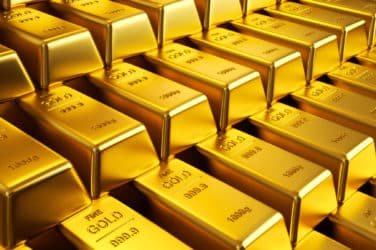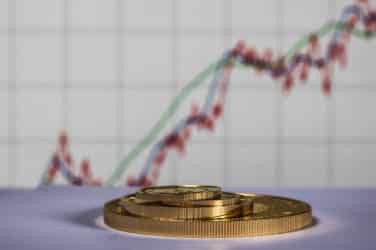
No longer deemed a safe haven, gold dissipates from portfolios.
Markets participants have recently watched precious metal prices plummet over the past week. Gold reportedly dropped 16 percent in the last five weeks while silver, typically not the standard benchmark of safe, hard assets, is down 42 percent from its highs last spring. Together, two thirds of the gold and silver downfall occurred this past month.
“From a macro view, it’ true that gold is a safe haven but safe havens have limits,” said Scott Armiger, vice president and portfolio manager of Christiana Trust, a division of WSFS Bank in Delware. The firm has $5.6 billion under administration. The current slide in metal prices tells a story of “profit taking,” according to Armiger, noting that investors are ready to sell metals after they’ve reached their market highs.
Armiger noted that gold is behaving differently now than it had earlier this year, in part, because there has yet to be an official QE3 program—third round of quantitative easing on behalf of the Federal Reserve–which some say will lead to long-term inflation concerns.
“QE1 and QE2 was great for gold, but Operation Twist is not an inflation move. This is a changing of the Fed’s balance sheet,” he said.
Operation Twist is the Fed’s latest effort to stimulate the economy—by lowering interest rates to record lows in the hopes of generating businesses to borrow and spend. The Fed may reportedly sell some federal medium-term bonds, and use the proceeds to buy longer-term bonds — such as 10-year Treasuries—thus making the new safe haven transform from gold to treasuries.
“There is global de-leveraging, meanwhile acute weakness in Europe,” said Armiger. “Despite the U.S. credit downgrade, treasuries have done well, so perhaps they’re the new alternative to gold.”
Regardless of any appreciation provided by gold, and other metals, or the safe-haven nature of Treasuries, neither provides the income needed in a portfolio.
“These don’t pay a dividend and you do need income. Despite how safe they are, and despite their behavior, the ‘safe haven’ can turn on dime,” Armiger said.


